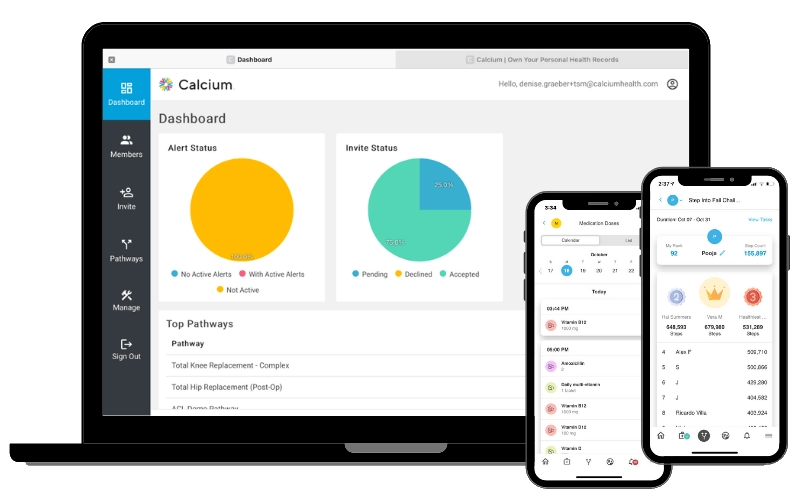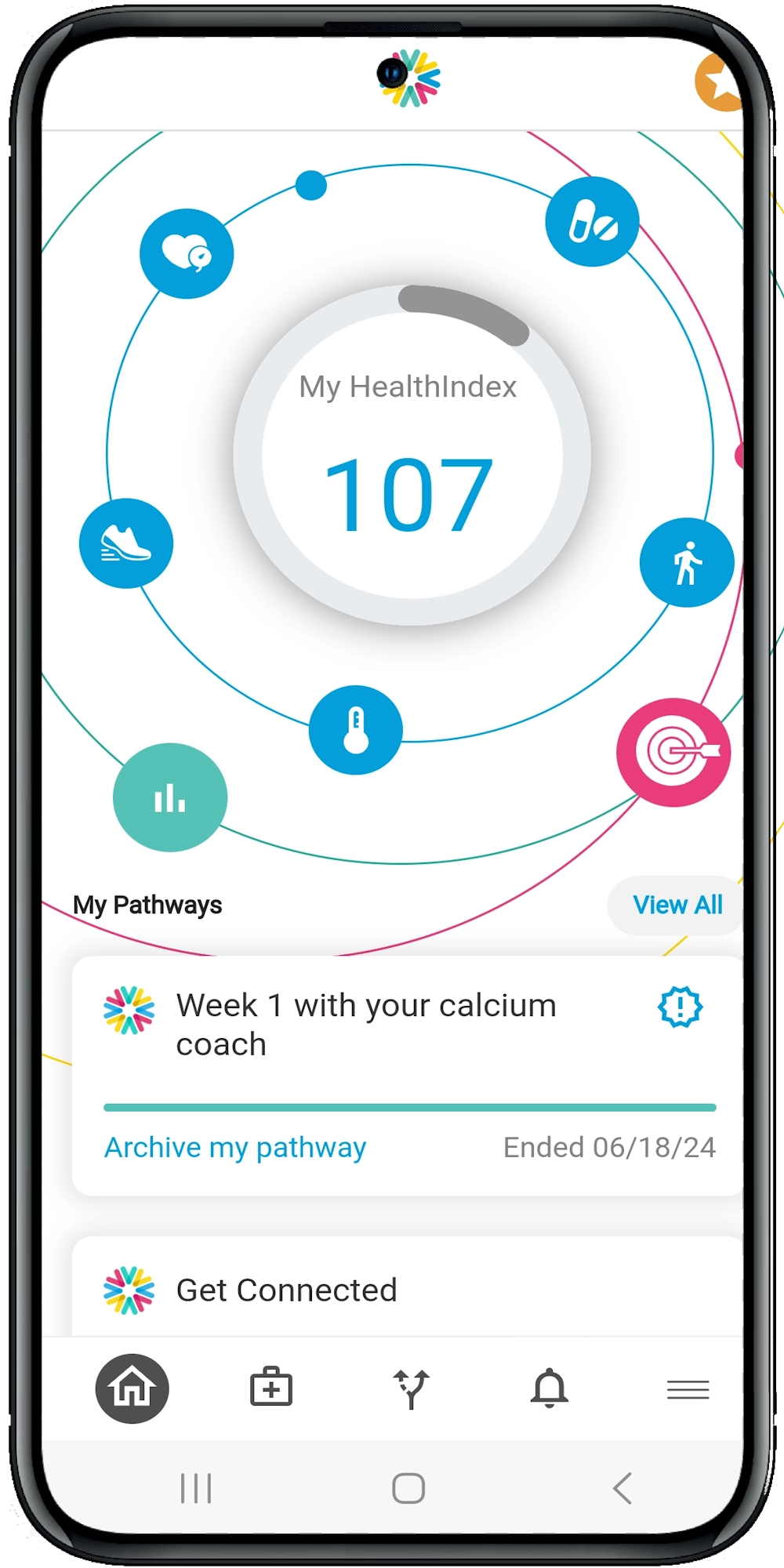Virtual Reality for Patient Education in Dermatology Management
What is Virtual Reality in Dermatology?
Virtual Reality, or VR, is a computer-generated simulation of a three-dimensional environment that can be interacted with in a seemingly real or physical way using special electronic equipment. In dermatology, VR can be used to create immersive educational experiences for patients, helping them understand their conditions and treatments more effectively.
Why Use VR for Patient Education?
Enhanced Understanding: VR can provide a visual and interactive representation of skin conditions, making it easier for patients to grasp complex dermatological concepts.
Improved Engagement: An engaging VR experience can capture the patient’s attention more effectively than traditional educational methods.
Better Retention: Studies suggest that people remember information better when they learn it in an immersive environment.
Reduced Anxiety: VR can help demystify treatments and procedures, reducing patient anxiety and improving compliance.
How Does VR Work in Dermatology?
Imagine a patient diagnosed with psoriasis. Instead of just showing them pamphlets or 2D images, you can immerse them in a VR environment where they can see a 3D model of their skin. They can zoom in to see how psoriasis affects the skin layers and understand why certain treatments are necessary. This hands-on experience can make a world of difference in their comprehension and commitment to the treatment plan.
Applications of VR in Dermatology Education
Condition Visualization: VR can create detailed 3D models of various skin conditions, helping patients visualize and understand their specific issues.
Treatment Simulation: Patients can experience virtual simulations of treatments, such as laser therapy or surgical procedures, to understand what to expect.
Post-Treatment Care: VR can guide patients through post-treatment care instructions, ensuring they follow the necessary steps to aid recovery.
Interactive Learning Modules: Interactive VR modules can educate patients about skin health, prevention strategies, and lifestyle modifications.
Benefits for Healthcare Providers
Time Efficiency: VR can streamline patient education, allowing you to spend more time on other critical tasks.
Consistency: VR provides consistent and standardized information, ensuring all patients receive the same level of education.
Patient Satisfaction: Engaging and informative VR experiences can lead to higher patient satisfaction and better outcomes.
Training Tool: VR can also be a valuable tool for training new staff and keeping current staff updated on the latest dermatological treatments and procedures.
Real-World Examples
Several dermatology clinics and hospitals are already integrating VR into their patient education programs. For instance, a renowned dermatology center in New York uses VR to educate patients about melanoma. Patients can explore a virtual skin model, learn about the different stages of melanoma, and understand the importance of early detection and treatment.
Challenges and Considerations
Cost: High-quality VR equipment and software can be expensive.
Accessibility: Not all patients may be comfortable or familiar with VR technology.
Technical Issues: VR systems can sometimes face technical glitches that may disrupt the educational experience.
Despite these challenges, the potential benefits of VR in dermatology make it a worthwhile investment.
Future Prospects
The future of VR in dermatology looks promising. As technology advances, we can expect more sophisticated and accessible VR solutions. Imagine a future where every dermatology clinic has a VR setup, making patient education more effective and engaging than ever before.
Summary and Suggestions
Virtual Reality is not just a gimmick; it’s a powerful tool that can transform patient education in dermatology management. By providing immersive, interactive, and engaging educational experiences, VR can help patients better understand their conditions and treatments, leading to improved outcomes and satisfaction.
Are you ready to explore the potential of VR in your practice? Visit our website to read more about digital health strategies or schedule a demo to learn about our cutting-edge VR solutions tailored for dermatology. Let’s take patient education to the next level together!





